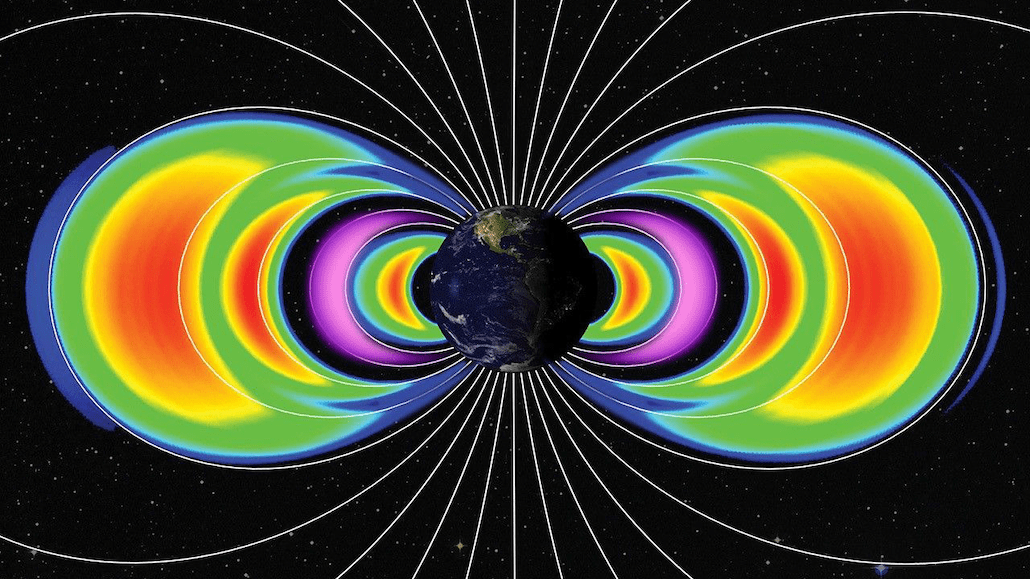
Earth
Scientists Say: Van Allen belts
Astronomers have detected these radiation belts around Earth and beyond. Jupiter’s belt is thousands of times as intense as Earth’s.
Come explore with us!

Astronomers have detected these radiation belts around Earth and beyond. Jupiter’s belt is thousands of times as intense as Earth’s.
Two black holes merged, creating a new, bigger one. This event triggered the clearest ripples in spacetime ever observed.

No one knows exactly what this stuff is, but it’s shaping our universe on the largest scales.

Equipped with the world’s largest digital camera, this new telescope is poised to help solve some of the universe’s biggest mysteries.

High-velocity space junk threatens space missions today. And the problem is growing.

Scientists have now gotten a good look at the ice around a baby star. It might help them unravel the origins of the water needed for life on Earth.

Earth’s noise and light pollution can make it hard to detect signs of life on other planets. The solution? Telescopes that use the moon as a shield.

At the SETI Institute, Chenoa Tremblay uses radio telescopes to look for molecules and emissions given off by alien technology.

The Hubble Space Telescope is an icon in astronomy. Here are some of its most out-of-this-world images.

For the distant object, one trip around the sun takes over 24,000 years. Its orbit challenges a proposed path for a hypothetical “Planet Nine.”